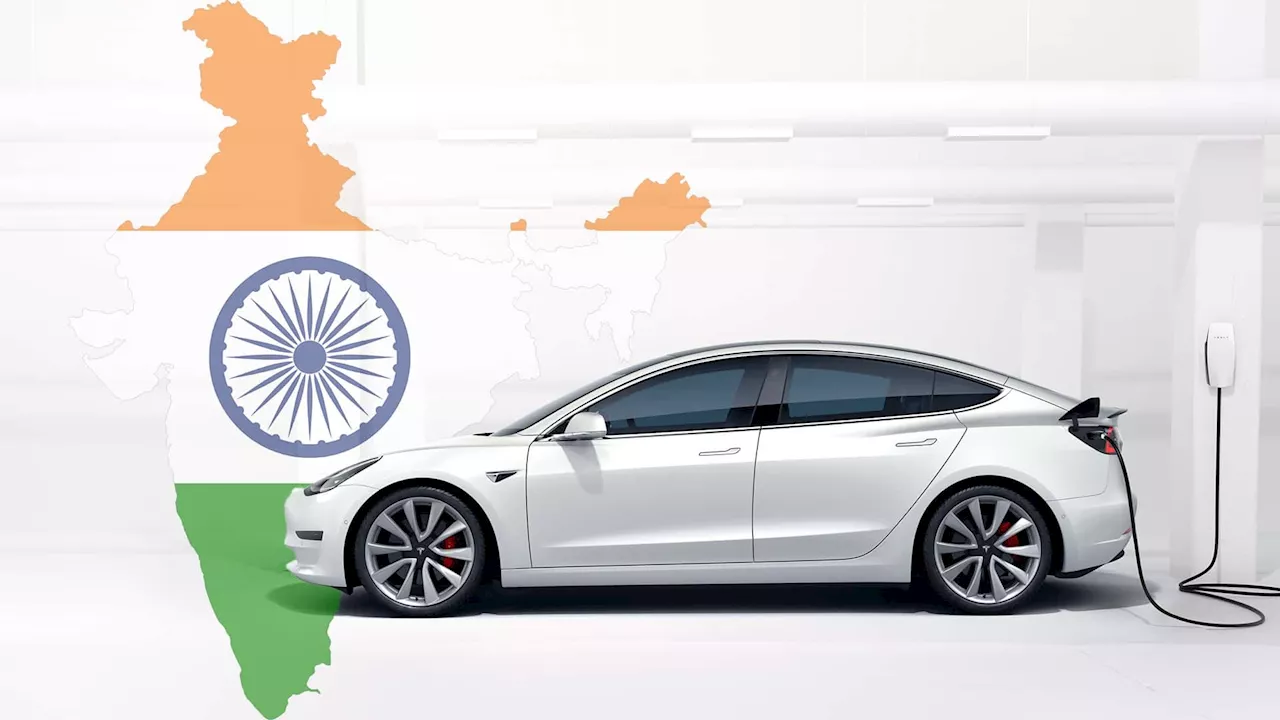India has taken a significant leap forward in its pursuit of sustainable transportation with the introduction of a comprehensive Electric Vehicle (EV) policy. As one of the world’s largest automobile markets grappling with pollution and fuel dependency, this new policy marks a decisive shift towards cleaner and greener mobility solutions. Let’s delve into the key features and implications of this groundbreaking initiative.
Ambitious Targets: The cornerstone of India’s new EV policy lies in its ambitious targets. The government aims to electrify a substantial portion of the country’s vehicle fleet by setting a target for electric vehicles to constitute 30% of all new vehicle sales by 2030. This goal underscores India’s commitment to reducing carbon emissions and combating air pollution.
Incentives and Subsidies: To incentivize the adoption of electric vehicles, the policy offers a range of subsidies and incentives. These include tax rebates, reduced import duties on EV components, and direct cash incentives for consumers purchasing electric vehicles. Such measures aim to make EVs more accessible and affordable for the masses, thereby accelerating their adoption across the country.
Charging Infrastructure Development: Recognizing the critical role of charging infrastructure in facilitating the widespread adoption of EVs, the policy emphasizes the need for robust charging infrastructure across the nation. It outlines plans for the establishment of charging stations at regular intervals on highways, in urban areas, and at key locations such as shopping centers and parking lots. Furthermore, the government intends to collaborate with private stakeholders to expedite the rollout of charging infrastructure, ensuring convenience and accessibility for EV users.
Research and Development: Another key aspect of the EV policy is the emphasis on research and development (R&D) in the field of electric mobility. The government plans to allocate substantial resources towards R&D initiatives aimed at enhancing battery technology, improving vehicle efficiency, and developing indigenous manufacturing capabilities for EV components. This focus on innovation is expected to drive technological advancements in the EV sector, making India a hub for cutting-edge electric vehicle technologies.
Promotion of Domestic Manufacturing: In line with the government’s vision of Atmanirbhar Bharat (self-reliant India), the EV policy places a strong emphasis on promoting domestic manufacturing of electric vehicles and components. It includes measures such as preferential market access for domestically manufactured EVs, financial incentives for setting up EV manufacturing facilities, and support for research and development activities conducted by domestic companies. By fostering a conducive environment for domestic manufacturing, the policy aims to create employment opportunities, boost economic growth, and reduce reliance on imports in the EV sector.
Partnerships and Collaborations: Recognizing that the transition to electric mobility requires a concerted effort involving various stakeholders, the EV policy encourages partnerships and collaborations between the government, industry players, research institutions, and other relevant entities. Such collaborations are essential for driving innovation, sharing best practices, and overcoming challenges associated with the adoption of electric vehicles.
Environmental Benefits: Beyond the economic and technological aspects, the new EV policy underscores the environmental benefits of electric mobility. By transitioning from conventional internal combustion engine vehicles to electric vehicles, India stands to significantly reduce its carbon footprint and air pollution levels. Electric vehicles produce zero tailpipe emissions, thereby contributing to improved air quality and mitigating the adverse impacts of vehicular pollution on public health and the environment.
The new Electric Vehicle (EV) policy encompasses the following provisions:
1. Minimum investment required for establishing manufacturing facilities in India is Rs 4150 crore, approximately equivalent to $500 million. There is no maximum investment limit set under this policy.
2. The manufacturing timeline stipulates that companies must establish their manufacturing facilities in India within 3 years. They should commence commercial production of electric vehicles and achieve a domestic value addition (DVA) of 50% within a maximum of 5 years. To achieve this, companies must achieve a localization level of 25% by the 3rd year and increase it to 50% by the 5th year of manufacturing.
3. An application of 15% customs duty, as applicable to Completely Knocked Down (CKD) units, will be imposed on vehicles with a minimum Cost, Insurance, and Freight (CIF) value of $35,000 and above. This duty will be applicable for a total period of 5 years, provided that the manufacturer sets up manufacturing facilities in India within 3 years.
4. There is a limitation on duty foregone on the total number of electric vehicles allowed for import. This limitation is based on the investment made or Rs 6484 crore, whichever is lower. This amount is equivalent to the incentive provided under the Production Linked Incentive (PLI) scheme. If the investment is $800 million or more, a maximum of 40,000 electric vehicles can be imported, at a rate of not more than 8,000 per year. Companies are allowed to carry over unutilized annual import limits. The company’s commitment to investment must be backed by a bank guarantee instead of paying the customs duty foregone.
5. In the event of non-compliance with the domestic value addition (DVA) and minimum investment criteria specified in the scheme guidelines, the bank guarantee will be invoked.
In conclusion, India’s new Electric Vehicle policy represents a bold and forward-thinking approach towards fostering sustainable transportation solutions. By setting ambitious targets, offering incentives, investing in infrastructure, promoting domestic manufacturing, and fostering collaborations, the government is laying the groundwork for a cleaner, greener, and more resilient future. As the nation embarks on this transformative journey towards electric mobility, it is poised to emerge as a global leader in the transition to sustainable transportation.




